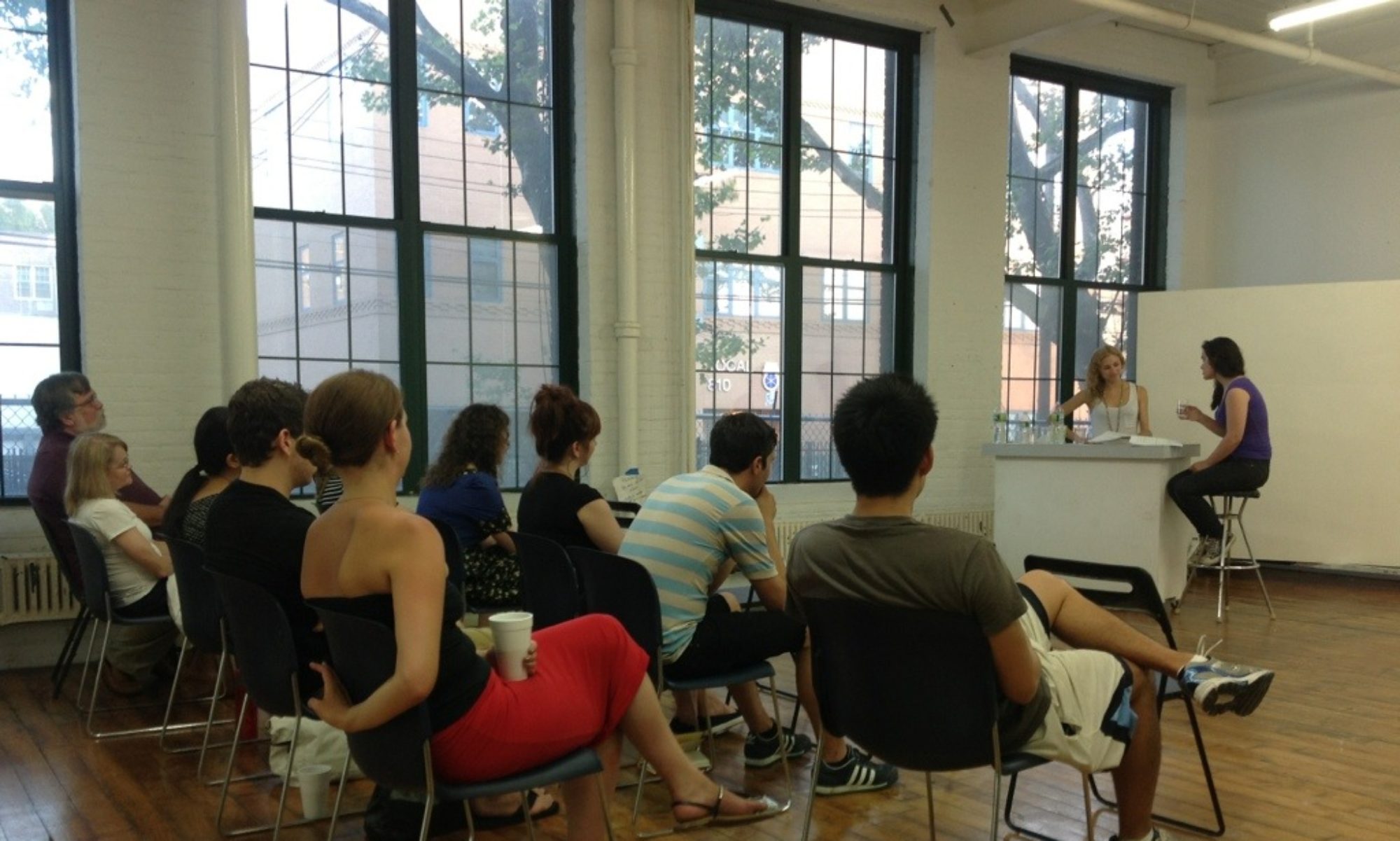This process will involve more than an orientation to use non-logic and dreams in the construction of plays; there is also the deliberate use of coincidence outside the actual structure of a play, in fact in the making of a play. Case in point…
I’d done about 8 pages of notes for the Praxis play so far… all exploratory (no dialogue yet because the characters are still taking shape and are not ready to speak). I’ll be transcribing some of the notes shortly. I have made a tentative decision that it’s possible the model of the play is based on Shakespeare’s MacBeth, and besides re-reading MacBeth the 12th time, I decided to look at some older criticism on the play.
That same day, I took my son to the park. Someone was just closing up a yard sale in front of their house on Prospect Park West, and put a box of books out for free (guess nobody was buying books that day). Amongst the books was a copy of Jan Kott’s Shakespeare Our Contemporary.
It’s an older book, but reading the section on MacBeth and on Hamlet in that book is starting to give some ideas on how to apply the storylines to a political context… and this is definitely a political play… and now my notes:
1. One character – Ann Coulter/Camille Paglia; the sexually and politically active woman, whether liberal or – even more interesting – conservative.
2. There should be elements of what Greil Marcus calls “The Old, Weird America”
3. Play pre-show: Aerial slides of military sites, taken from satellite photos.
4. Banquo & Lady MacBeth should be merged in this play… they represent the two sides of intimacy…
5. The witch: an old OSS/CIA operative who’s trying to get in touch with her.
6. Everywhere the sense that everyone is being watched, recorded, monitored, measured, judged. Their acts transcribed directly into the Book of Justice, or St. Peter’s Book of Virtue and Sin.
7. The Elizabethan worldview should have some influence on this play… they viewed the world through new eyes, but eyes still under the influence of the Middle Ages’ cruel spirituality.

